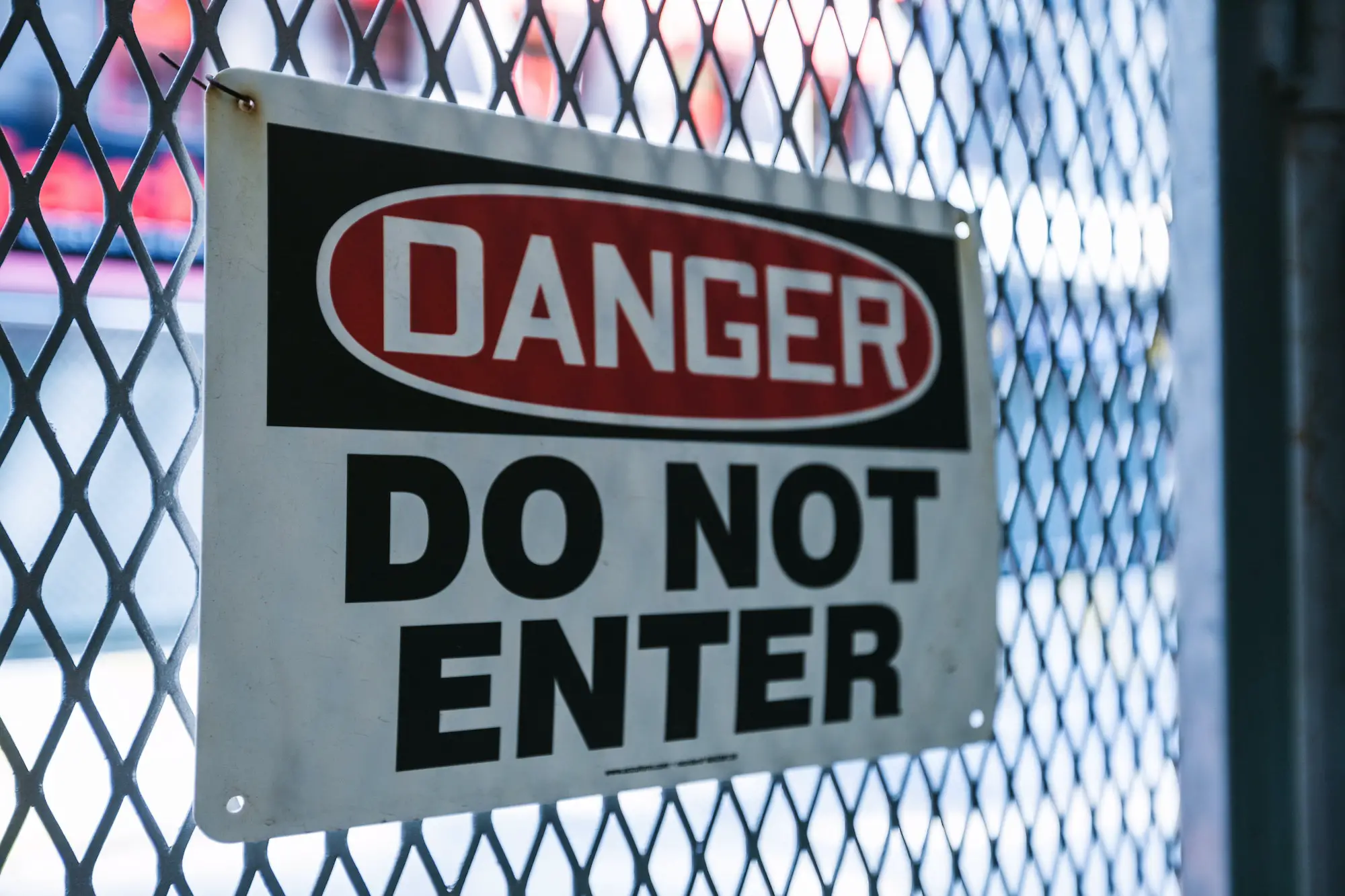Introduction to Vacuum Sealing
Vacuum sealing is a popular method of food preservation that involves removing air from a package and then sealing it. This process is designed to extend the shelf life of food by slowing down the oxidation process. However, it’s not without its risks and limitations.
The Process of Vacuum Sealing
The process of vacuum sealing involves placing food in a plastic bag, removing the air, and then sealing the bag. This creates a vacuum environment that slows down the growth of bacteria, thus prolonging the shelf life of the food. The vacuum-sealed food can then be stored in the fridge, freezer, or pantry, depending on the type of food.
The Popularity and Perceived Benefits of Vacuum Sealing
Vacuum sealing has gained popularity due to its perceived benefits. These include extended shelf life, reduced food waste, and the ability to buy and store food in bulk. However, it’s important to understand that vacuum sealing is not a foolproof method of food preservation. It has its limitations and potential dangers, which we will explore in the next section.
The Dangers of Vacuum Sealing Food
The Risk of Anaerobic Bacteria Growth
One of the main risks associated with vacuum-sealing food is the growth of anaerobic bacteria. These bacteria, including the potentially deadly Clostridium botulinum, thrive in low-oxygen environments like those created by vacuum sealing. University of Minnesota Extension on Vacuum Sealing provides more information on this.
The Limitations of Vacuum Sealing Certain Foods
Not all foods are suitable for vacuum sealing. Foods with high moisture content, such as fresh fruits and vegetables, can be difficult to seal properly. Additionally, vacuum sealing does not kill bacteria or other pathogens on the food; it merely slows their growth. Therefore, vacuum-sealed foods still need to be stored properly and cooked to a safe temperature before consumption.
The Potential for Food Spoilage
While vacuum sealing can extend the shelf life of food, it does not prevent spoilage entirely. If vacuum-sealed foods are not stored at the correct temperature, they can still spoil. Furthermore, if the seal on a vacuum-sealed package is broken, air can enter the package and spoil the food.
The Dangers of Plastic Contamination
Another risk associated with vacuum-sealing food is plastic contamination. Some vacuum-sealing bags may contain harmful chemicals that can leach into food, especially when the food is heated in the bag. It’s important to use food-grade vacuum-sealing bags to minimize this risk.
The Inefficiency of Sealing Liquids
Vacuum sealing is not efficient for sealing liquids. Liquids can be drawn into the vacuum sealer during the sealing process, potentially damaging the machine. Furthermore, vacuum-sealed liquids must be frozen or they will leak when the seal is broken.
The High Cost of Vacuum Sealing
Finally, vacuum sealing can be costly. Vacuum sealers and their bags can be expensive, and the cost can add up over time. While vacuum sealing can save money by reducing food waste and allowing for bulk purchases, the initial investment can be significant. Carnivore Style on Disadvantages of Vacuum Sealing Food provides more insights on this.
In conclusion, while vacuum sealing offers numerous benefits such as extended shelf life and reduced food waste, it’s crucial to be aware of its potential dangers. These include the risk of anaerobic bacteria growth, limitations with certain foods, potential for food spoilage, dangers of plastic contamination, the inefficiency of sealing liquids, and high cost. Ensuring proper handling, storage, and cooking of vacuum-sealed foods can mitigate these risks. As consumers, it’s essential to stay informed and practice safe food preservation methods.
FAQs
- What are the disadvantages of vacuum-sealed food?
Vacuum-sealed food, while beneficial in many ways, has several disadvantages. These include the risk of anaerobic bacteria growth, the potential for food spoilage, the dangers of plastic contamination, the inefficiency of sealing liquids, and the high cost of vacuum sealing. For more information, you can visit Carnivore Style’s article on the disadvantages of vacuum sealing food. - Are vacuum-sealed foods safe?
Vacuum-sealed foods can be safe if handled and stored properly. However, it’s important to note that vacuum sealing does not kill bacteria or other pathogens on the food; it merely slows their growth. Therefore, vacuum-sealed foods still need to be stored properly and cooked to a safe temperature before consumption. - How do you prevent botulism when vacuum sealing?
Botulism is a serious concern when vacuum-sealing foods because the bacteria that cause it, Clostridium botulinum, thrive in low-oxygen environments. To prevent botulism, it’s important to handle food safely before vacuum sealing, store vacuum-sealed food at the correct temperature, and cook vacuum-sealed food to a safe temperature before eating. - Can bacteria grow in vacuum-sealed meat?
Yes, bacteria can grow in vacuum-sealed meat if it is not stored at the correct temperature. Vacuum sealing slows the growth of bacteria, but it does not stop it entirely. Therefore, it’s crucial to store vacuum-sealed meat in the refrigerator or freezer and to cook it to a safe temperature before eating.
